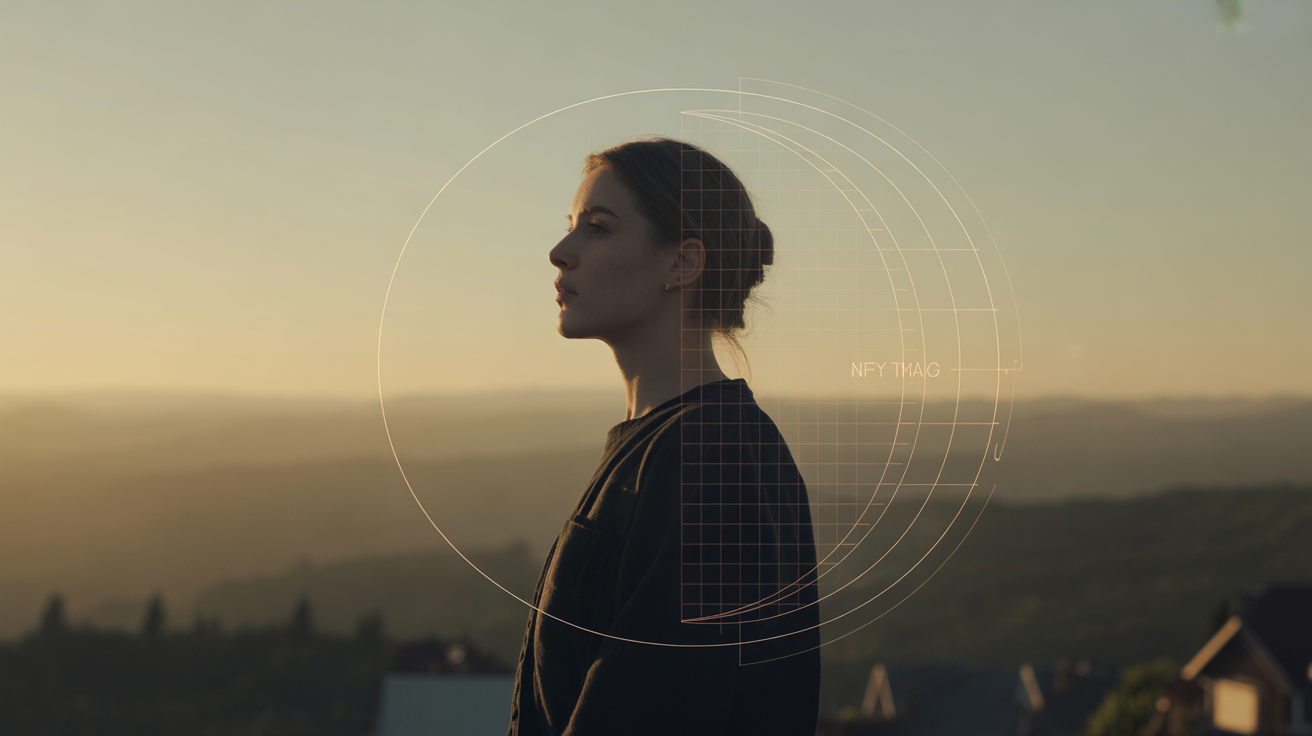How Morning Light Rebuilds a Broken Sleep Cycle
Why Your Morning Behaviors Matter More Than the Lost Night Itself

This investigation builds on groundbreaking research by Zaid K. Dahhaj of The Circadian Classroom, whose detailed analysis of circadian recovery reveals how to handle sleep disruption without destroying natural rhythms.
At 3 AM, I reach for my phone. The worst thing I could do for tomorrow night's sleep.
Maybe it was work stress. A racing mind. A restless kid. We've all stared at the ceiling while hours tick by.
The next morning hits like a brick wall. You feel inflamed, irritable, detached from rhythm.
Here's what the sleep industry won't tell you. It's not the sleepless night that wrecks you. It's how you respond the next day.
The Recovery Methods That Backfire
The standard advice sounds logical.
Sleep in to "catch up." Avoid bright light because you're tired. Take a sleeping pill tonight.
Every single response works against your circadian biology.
The science reveals why this approach fails. Sleeping in shifts your internal clock forward. Avoiding morning light confuses your master circadian clock. Sleep medications suppress REM sleep and reduce deep sleep stages.
Research reveals a different path. One that cuts recovery time significantly. Traditional cultures understood something we've forgotten. Occasional sleeplessness was normal. They had sustainable methods that worked with natural rhythms.
The Sleep Dependency Machine
Behind this broken system lies a profitable pattern. The global sleep aids market generates $15 billion annually.
Pharmaceutical companies profit from chronic medication dependency. Sleep clinics create recurring revenue through device monitoring.
This system depends on one premise. Your body can't recover naturally. You need intervention. You need products.
Natural solutions threaten this model entirely. Sunrise light exposure is free. Protein-rich breakfasts cost dollars, not hundreds. Sunset viewing requires no prescription.
The pharmaceutical approach creates dependency while disrupting natural sleep mechanisms. Sleep medications interfere with melatonin production for weeks after discontinuation.
Insurance covers sleeping pills but not circadian light therapy. Medical schools teach drug protocols but ignore environmental factors. The system profits from sleep problems, not sustainable solutions.
Your Body's Natural Reset
Your body operates on different principles entirely. The data shows natural recovery works. The money reveals why it's suppressed. The frequency explains how it happens.
Your circadian rhythms operate as electromagnetic oscillations. They synchronize with Earth's light-dark cycles.
The suprachiasmatic nucleus—your master circadian clock—responds to specific light frequencies with precise timing.
Morning sunlight contains the exact spectrum needed to suppress melatonin.
It resets cortisol to peak early. This prevents the afternoon energy crash following sleep deprivation.
UV-A light, arriving 45-60 minutes after sunrise, restores dopamine and serotonin production.
Your pineal gland reads light like a biological clock. Artificial blue light at night delays melatonin production by 90 minutes.
Natural sunset spectrum—those orange-red gradients—signals when to begin the descent into sleep.
Ancient wisdom traditions recognized these patterns. They used candlelight for evening illumination.
Frequencies that support rather than suppress melatonin. They understood that fighting natural rhythms created more problems than solutions.
The Simple Protocol That Works
Get outside at sunrise. No matter how tired you feel. This single act resets your master clock and cuts recovery time significantly.
Eat protein-rich breakfast. After sleep deprivation, your body is stressed and insulin sensitivity drops.
Protein and healthy fats stabilize blood sugar and bring cortisol down naturally.
Move gently in sunlight. Avoid heavy training when recovery hormones are low. Light movement acts as a zeitgeber, keeping your peripheral clocks synchronized.
Watch the sunset even if you're exhausted. That spectral information tells your pineal gland when to start producing melatonin.
Go dark after dinner. Even one bright LED can delay your melatonin pulse. Use candlelight or red incandescents.
The Pattern of Profitable Disruption
Sleep follows identical dynamics. Overwhelming evidence supports circadian-based recovery. But acknowledging this would collapse the sleep medication market.
Yet the natural approaches work better. The tools that built healthy sleep in our ancestors remain available. Morning light. Evening darkness. Natural food timing. Movement in sunlight.
Your circadian system evolved over millions of years to handle occasional sleep disruption. It knows how to recalibrate when given proper environmental cues.
Trust that ancient wisdom. Your body remembers how to recover. You just need to work with the process instead of against it.
One bad night isn't failure. It's an opportunity to strengthen your circadian resilience. Work with your biology, not against it.



